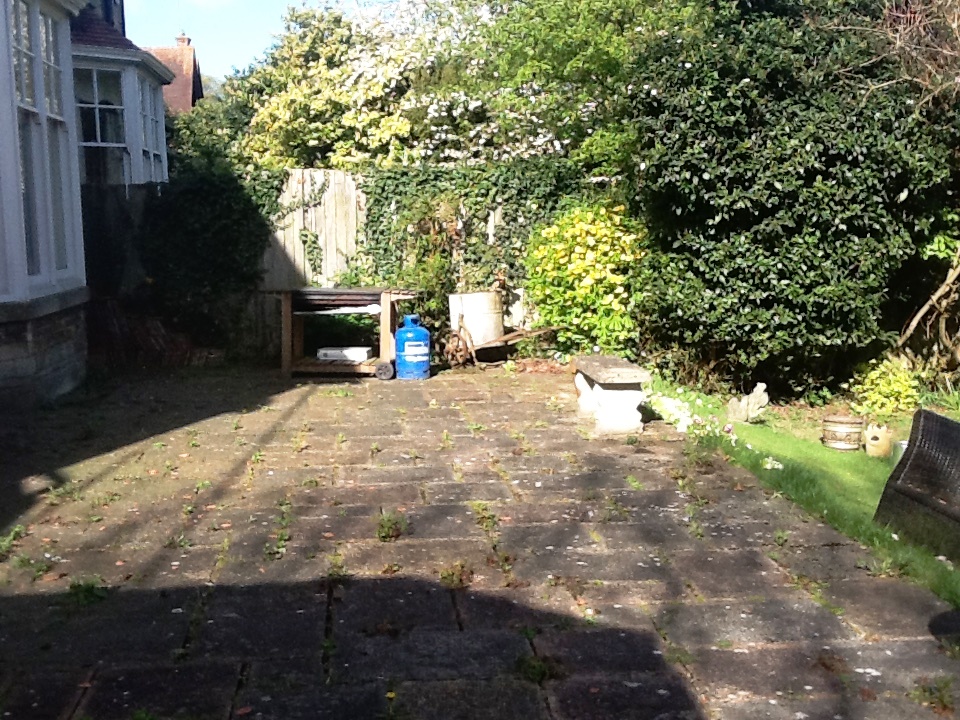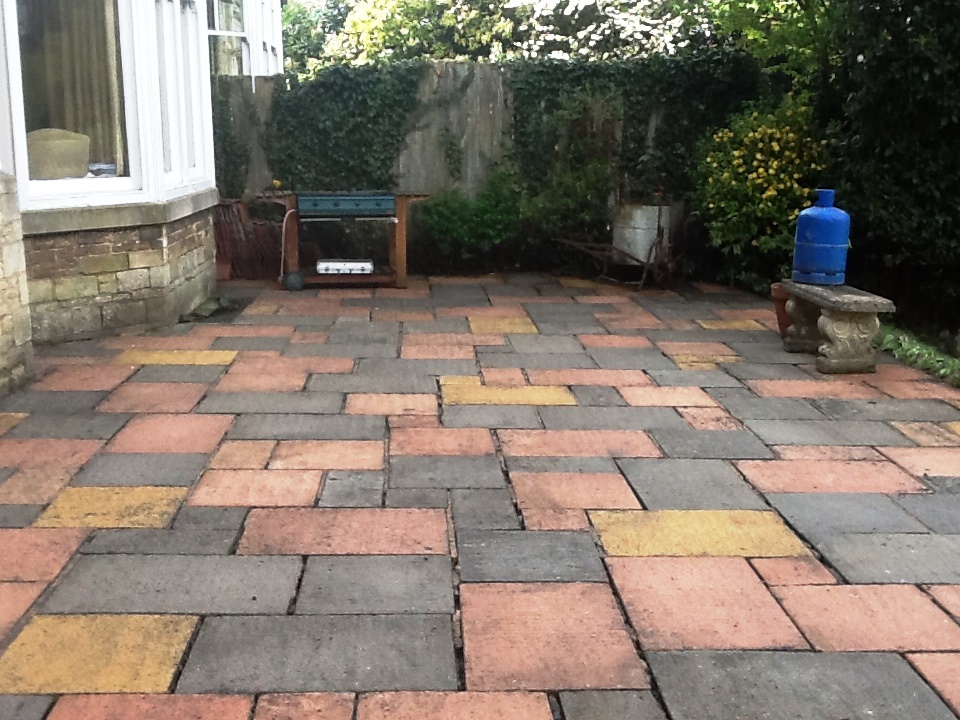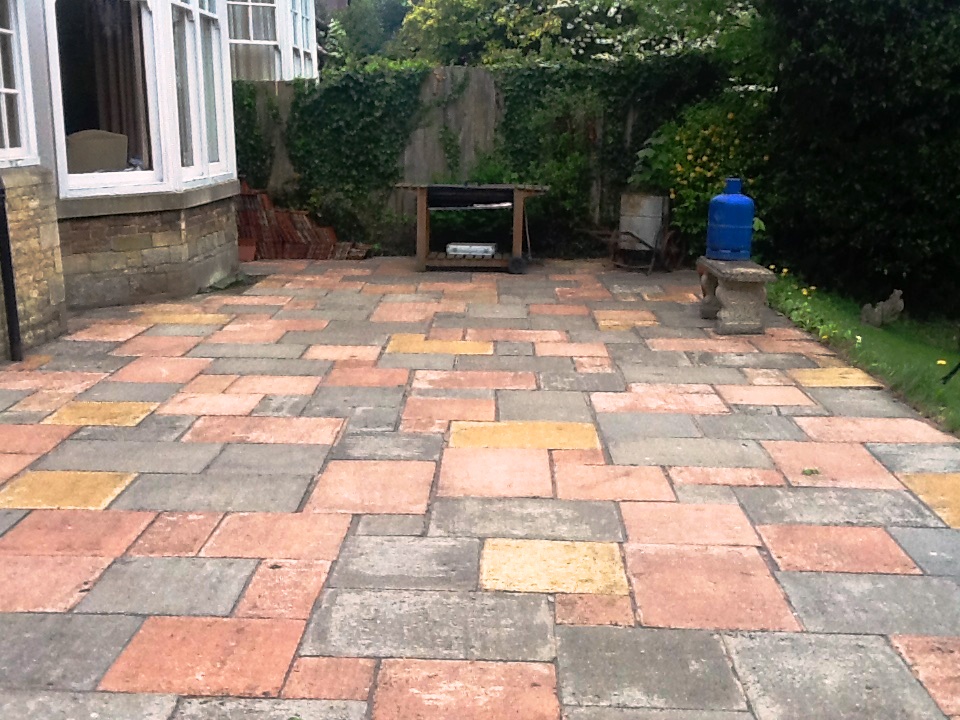Cleaning Hallway Quarry Tiles
Our first task upon arrival was to disconnect her cooker and washing machine which were placed outside in the garden, this would allow us to get at all the tiled areas and also meant there was less to protect.
Working in small portions was the next step and to pre-wet the floor tiles followed by adding a dilution of Tile Doctor Remove and Go combined 50/50 with Nanotech UltraClean, these two products combine to make a powerful cleaner/stripper that's safe to use on tile. The cleaning solution was left to seep into the tile whilst we set up all of our equipment and added protective coverings to the kitchen units, walls and adjoining floors.
After about forty five minutes we re-wet the areas and hand scrubbed the tiles using scouring pads. This process was repeated covering small areas at a time until the kitchen was finished. We then used our scrubbing machine with a medium brush head fitted and thoroughly rinsed the floor to remove any trace of chemical.
We needed the floor dry for sealing so a couple of Turbo blowers were setup to force dry the floor and this took a couple of hours before my damp meter told me that the floor was dry enough.
Sealing Hallway Quarry Tiles
After discussing choices of sealers with the customer it was decided to seal the floor with Tile Doctor Color Grow which provides a natural finish whilst lifting the natural colors in the tile. Two coats were sufficient and once it had dried we refitted the cooker and washing machine, put all the plinths back and removed all of our protective coverings.
The lady was really pleased with our work and left the following testimonial.
"Bill did a fantastic job on my kitchen floor, I can't thank him enough.” - Mrs Scott, Brixton





